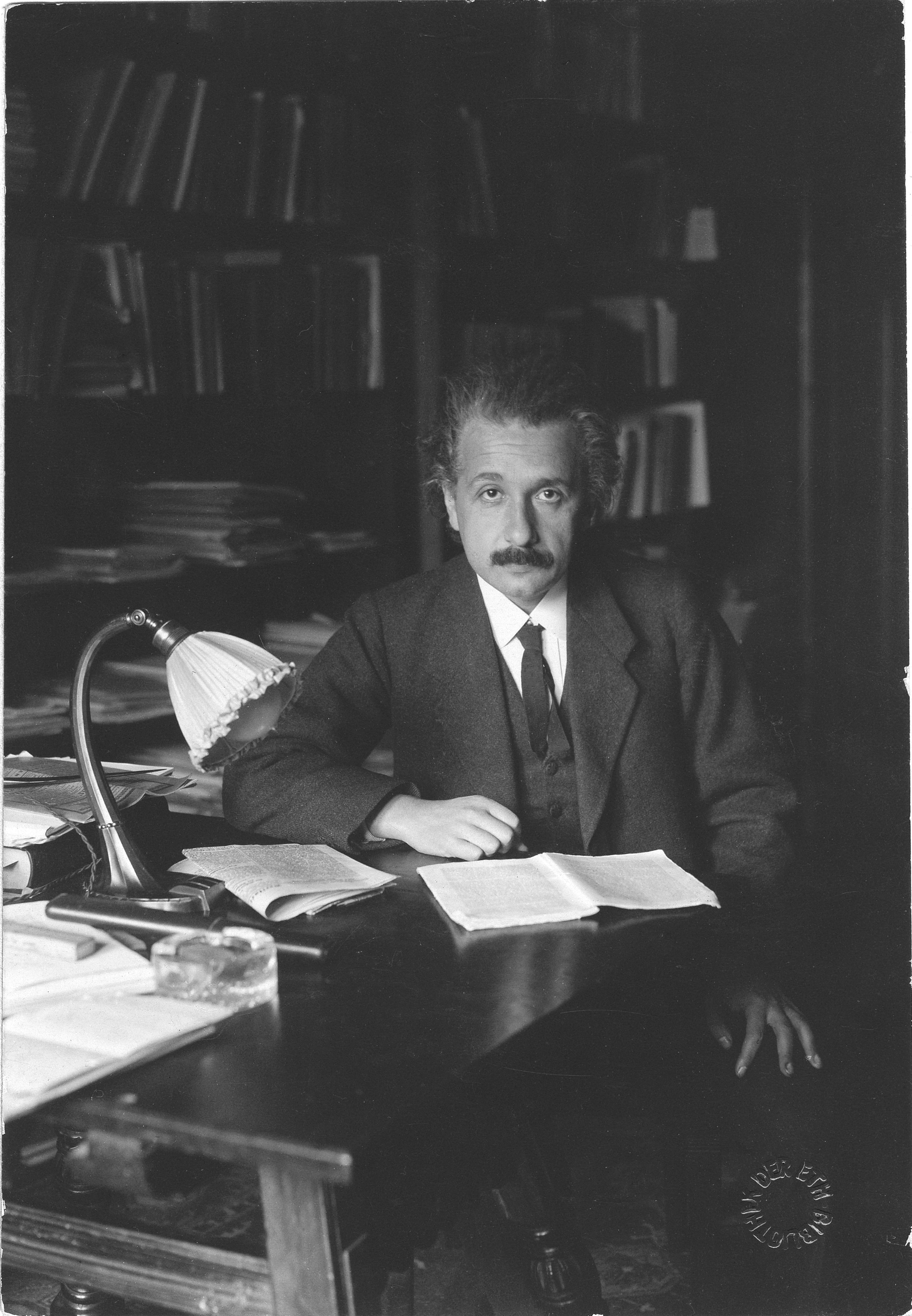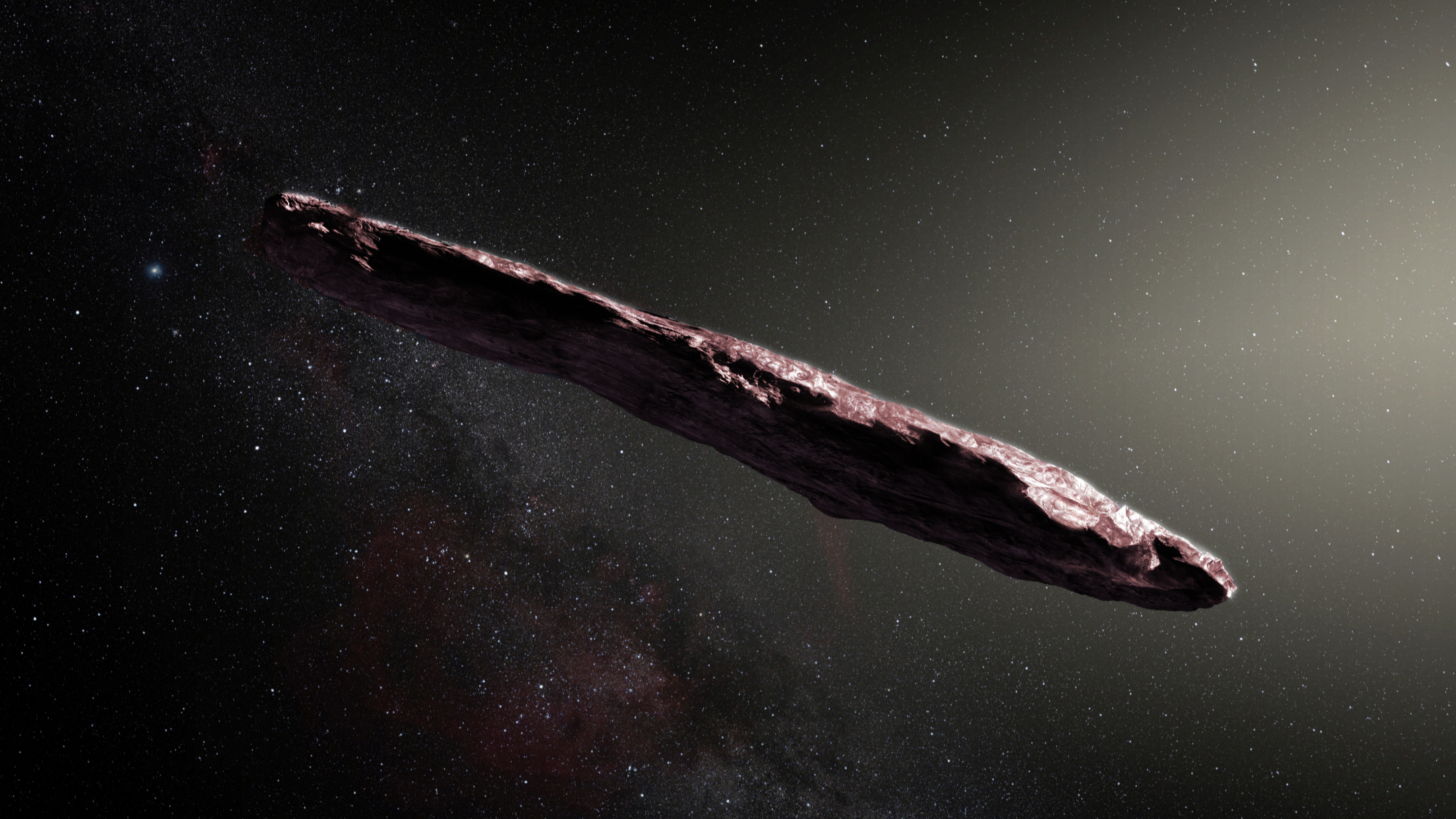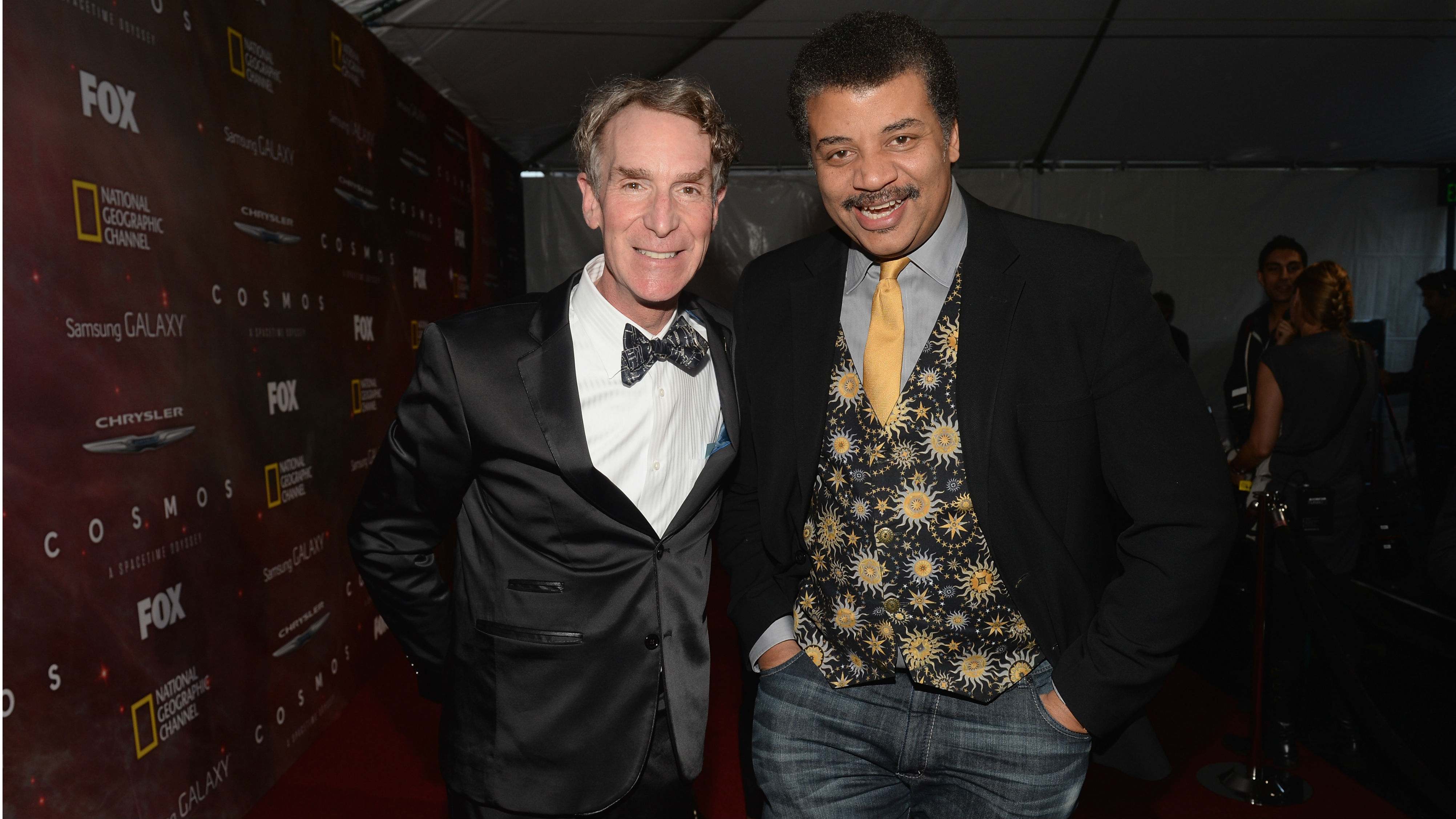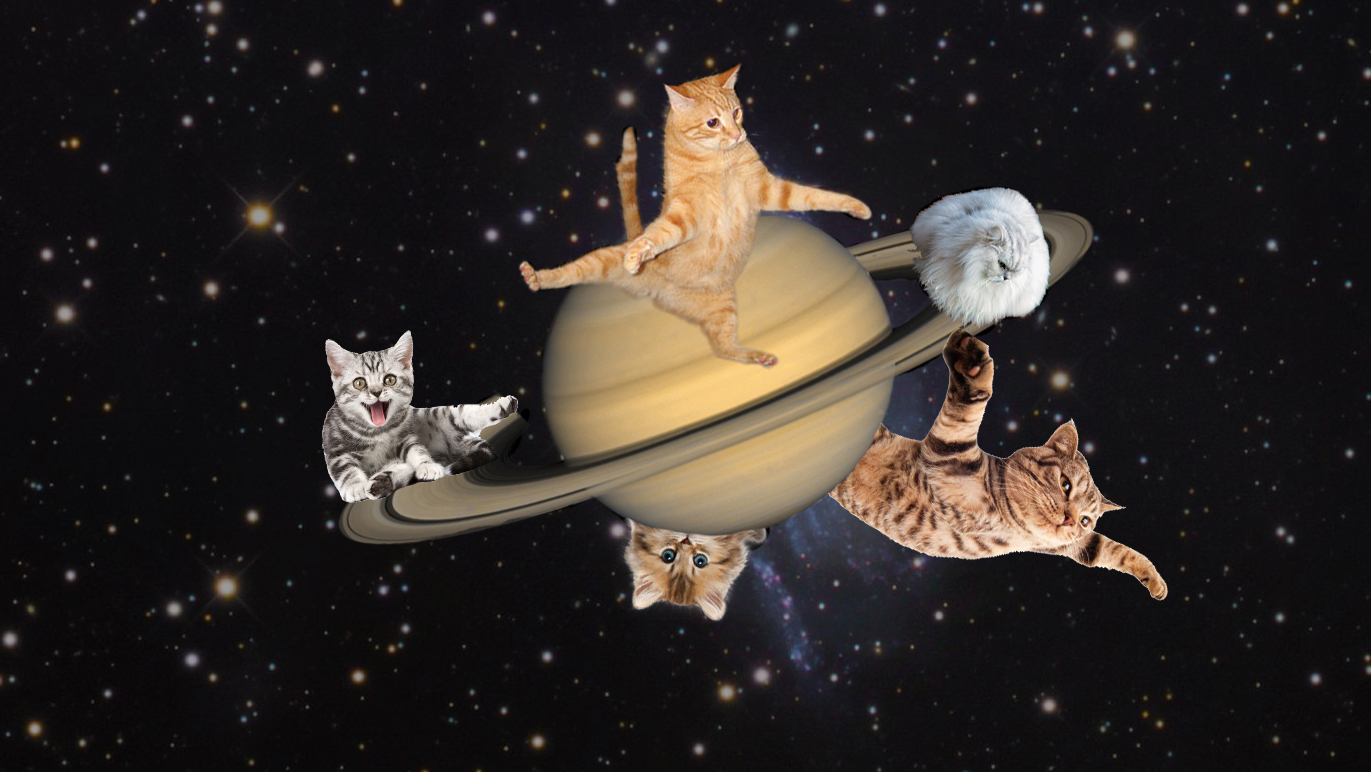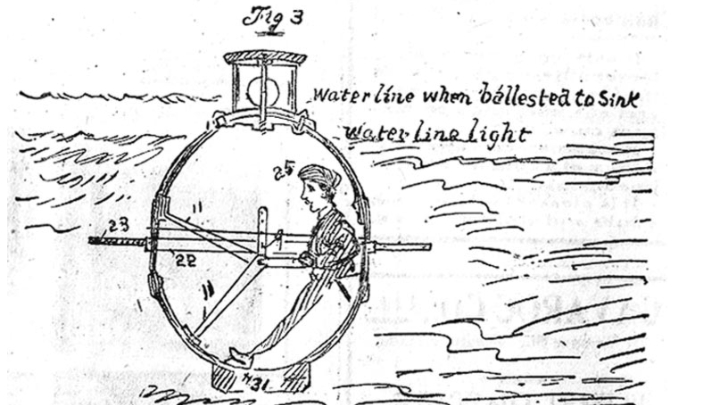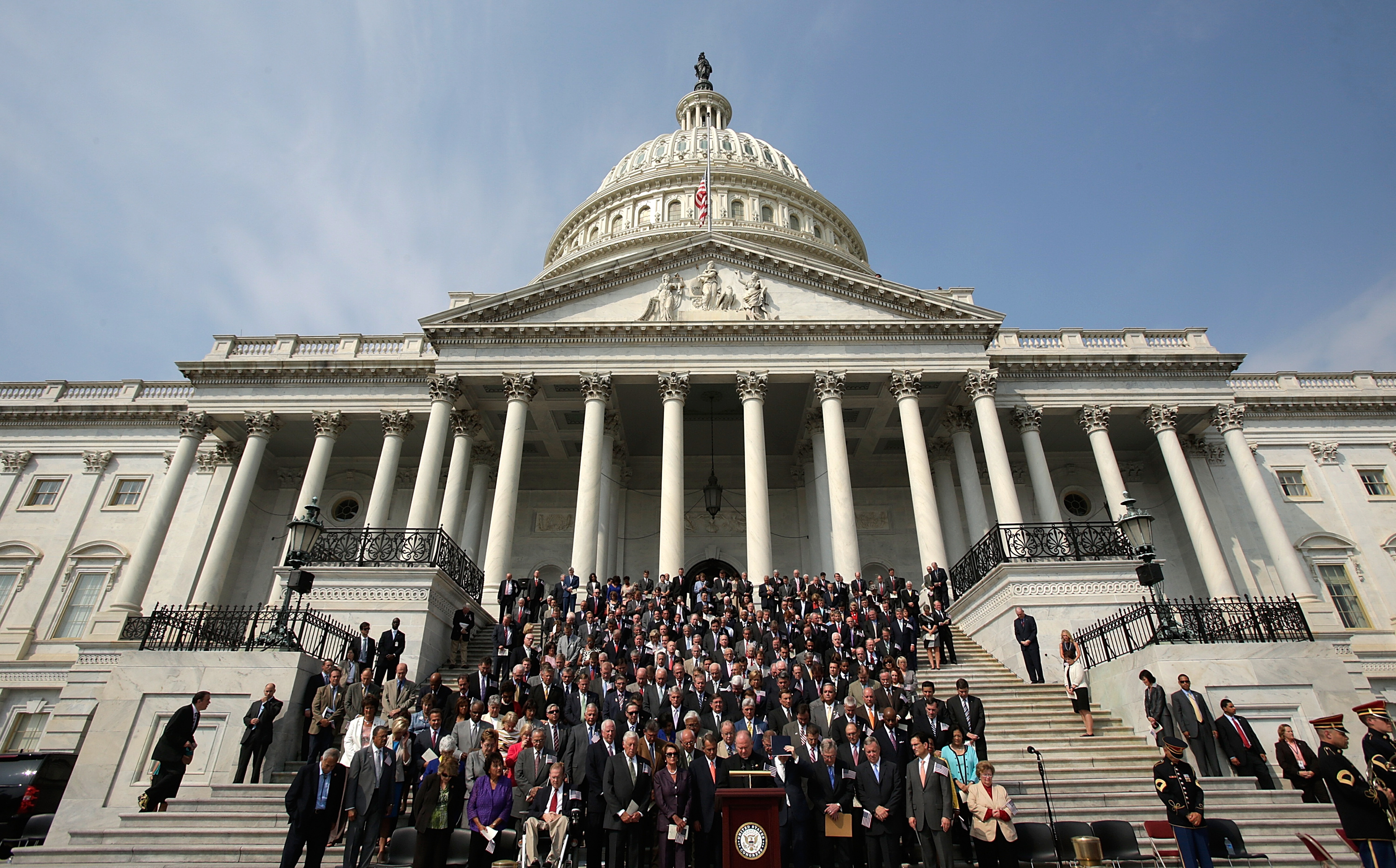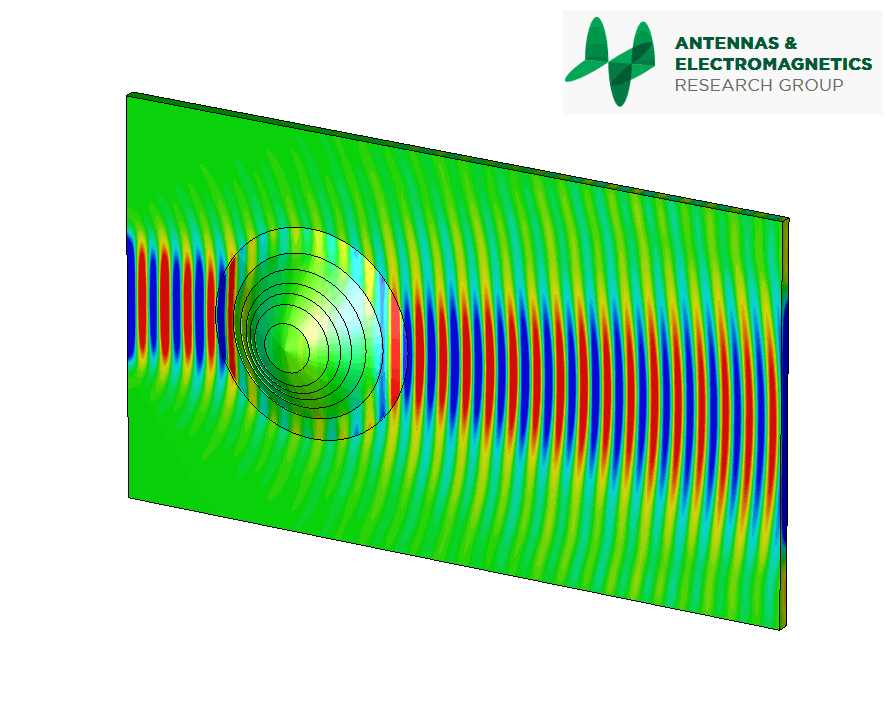scientists
Famous inventors and scientists submission to the daily grind
For the first time, an object from outside our solar system is observed traveling through our neighborhood.
Why do scientists look down on philosophers? And are they right to do so?
NASA scientists are sifting through some of the last transmissions from Cassini. And what they’re finding are kittens. You read that right.
Science gone horribly wrong. This infographic presents inventors where wiped out by their own creations.
A new nonprofit organization aims to elect more scientists to the U.S government.
Scientists get one step closer to Harry Potter’s invisibility cloak by creating a material that can conceal objects, with far-reaching commercial applications.
